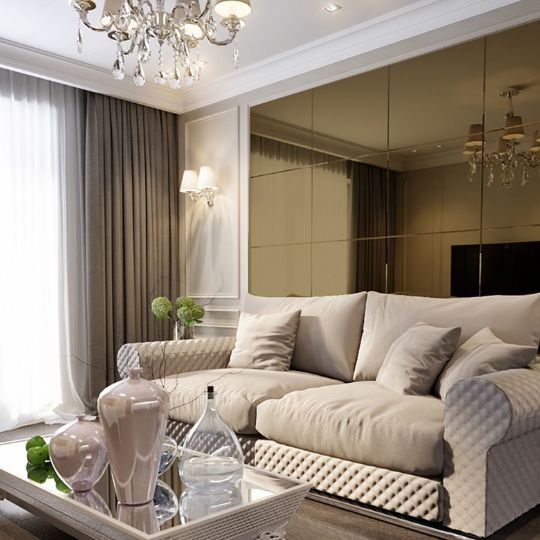
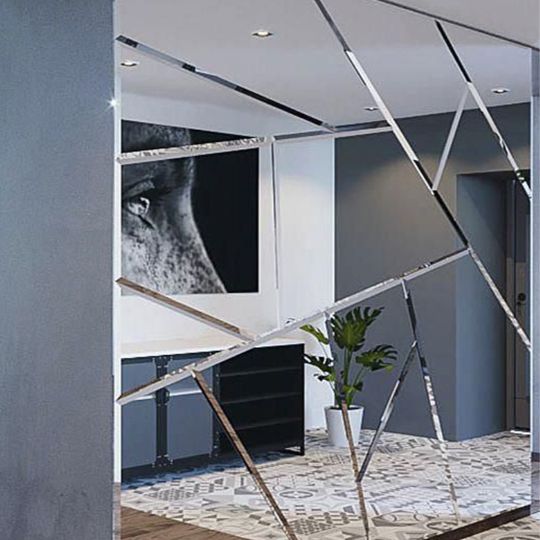
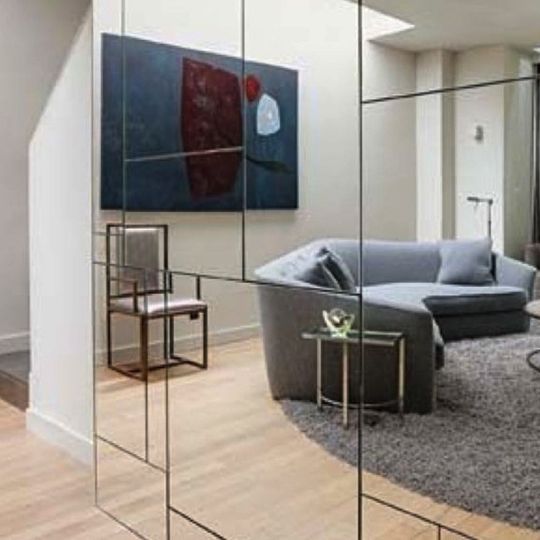
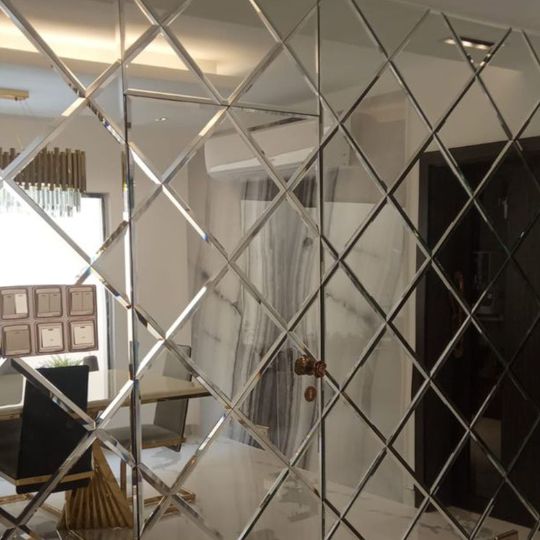
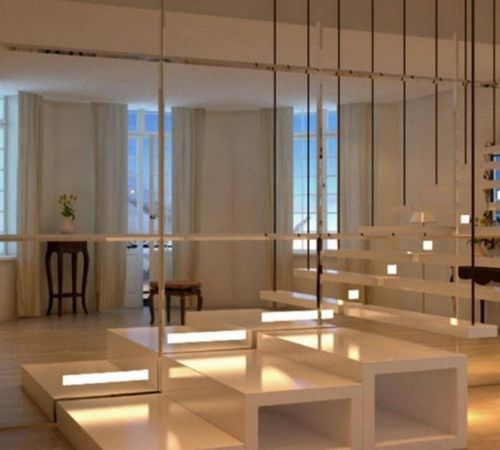
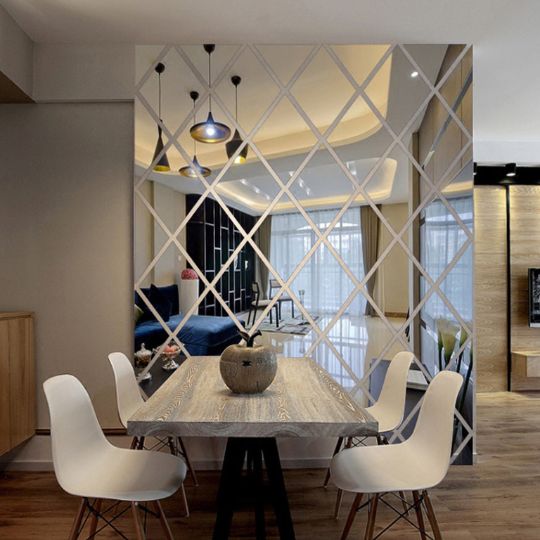
Mirror walls are a versatile and visually striking design feature that can instantly elevate the aesthetics and functionality of any space. By reflecting natural light and creating the illusion of a larger area, mirror walls offer numerous benefits that make them a popular choice for both residential and commercial interiors. In this article, we will delve into the advantages of mirror walls, explore various styles and applications, and provide tips on how to incorporate them into your design.
Mirror walls are a stylish and versatile design feature that can transform the look and feel of any space. With their ability to enhance natural light, create the illusion of space, and serve practical functions, mirror walls offer numerous benefits for a wide range of applications. Explore the various styles and customization options available and discover how a mirror wall can elevate your interiors today.